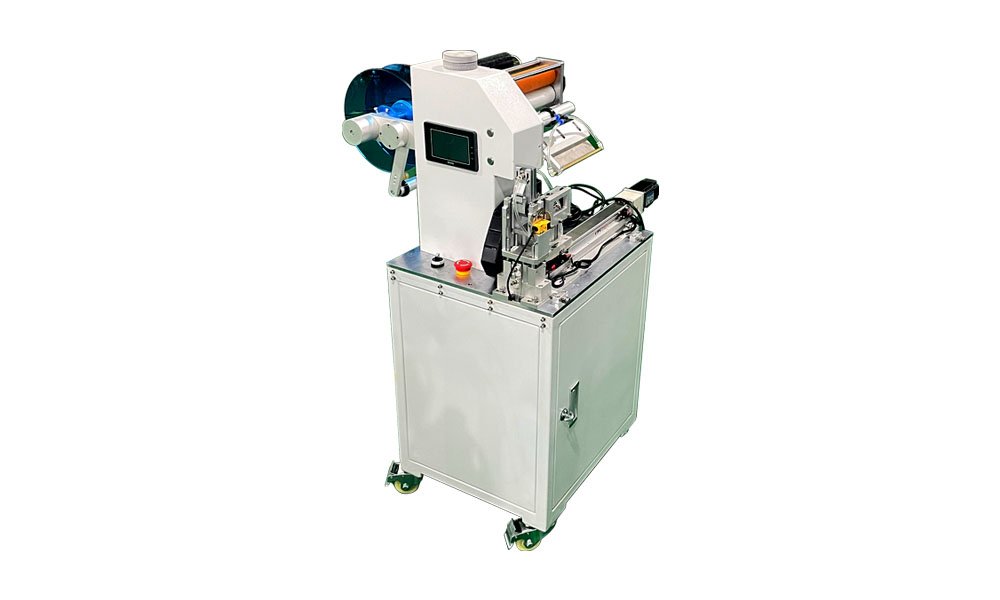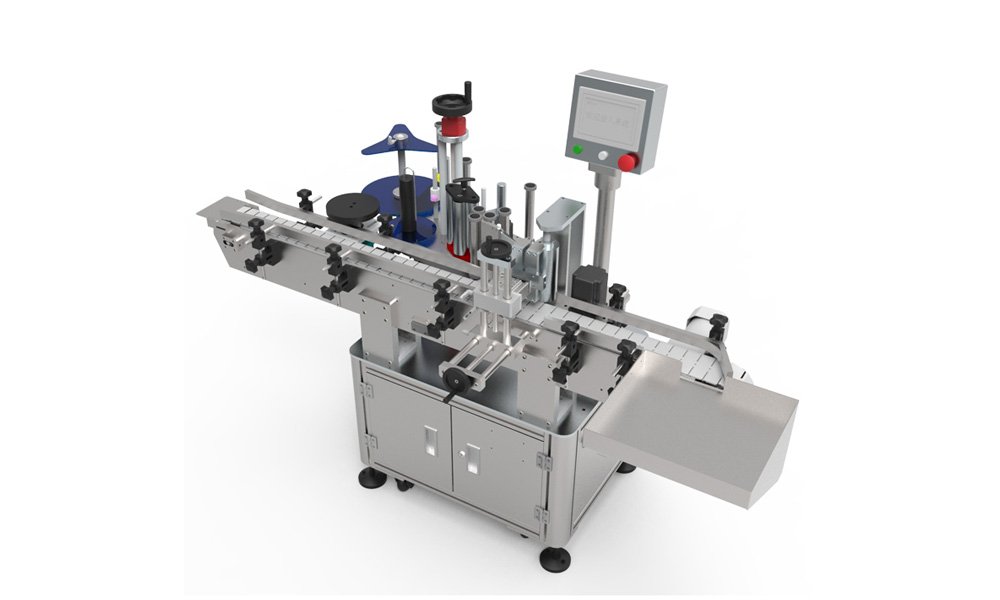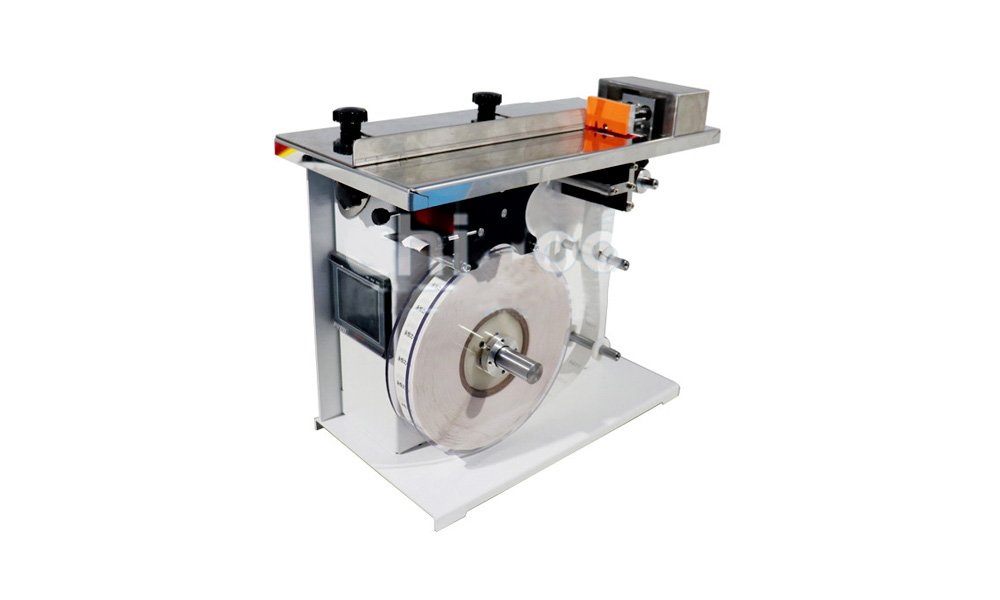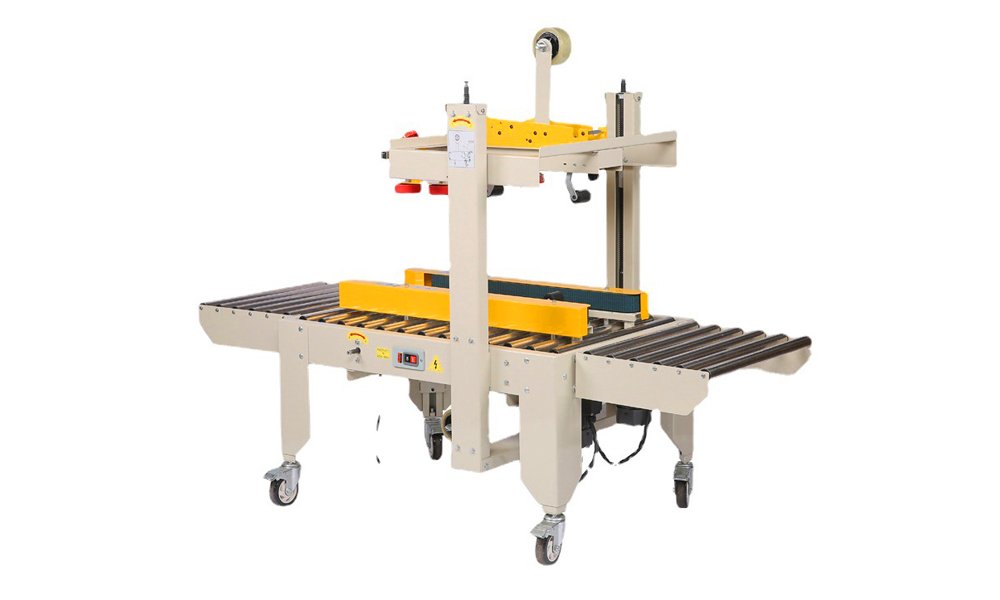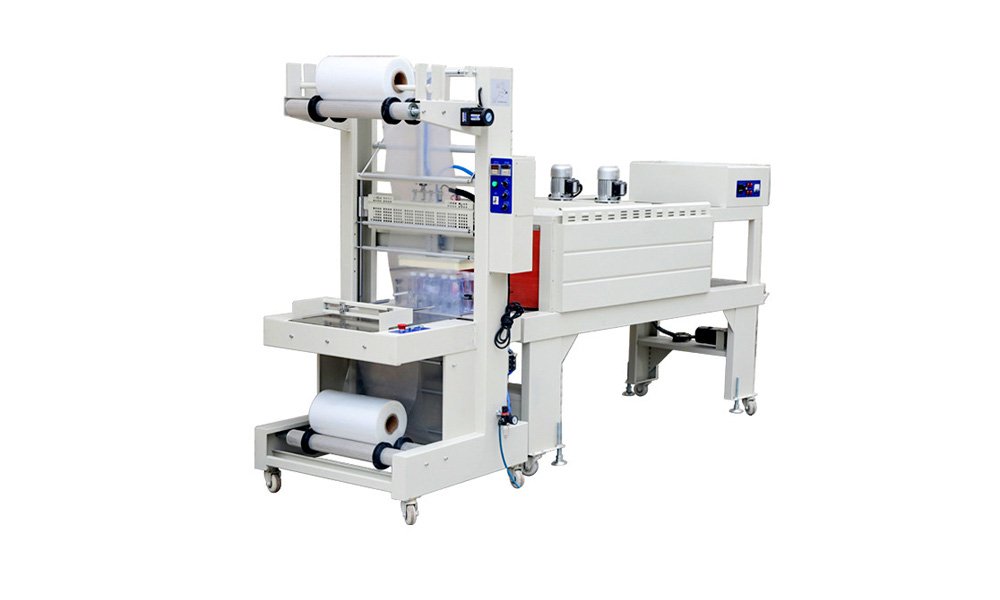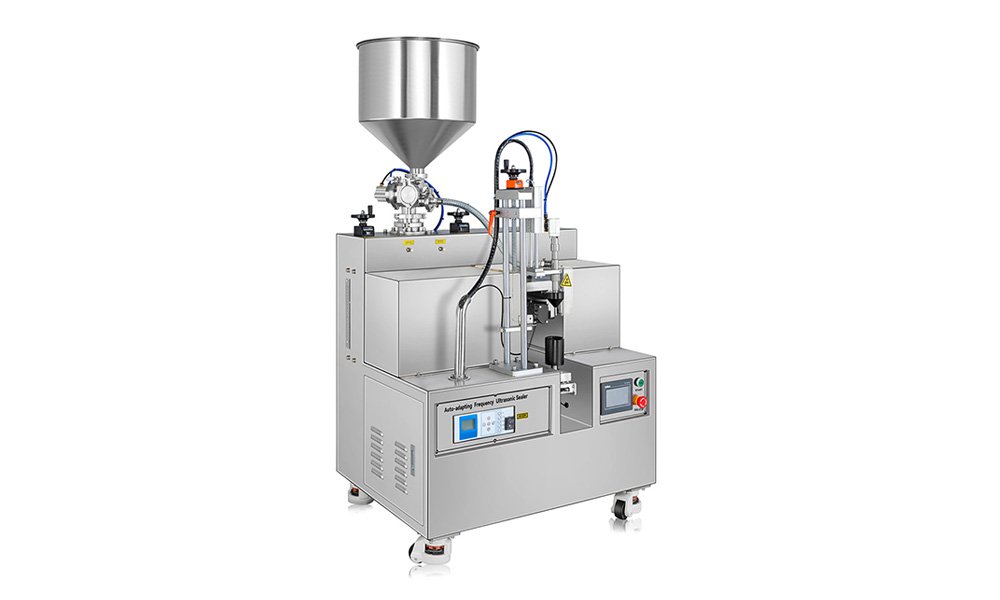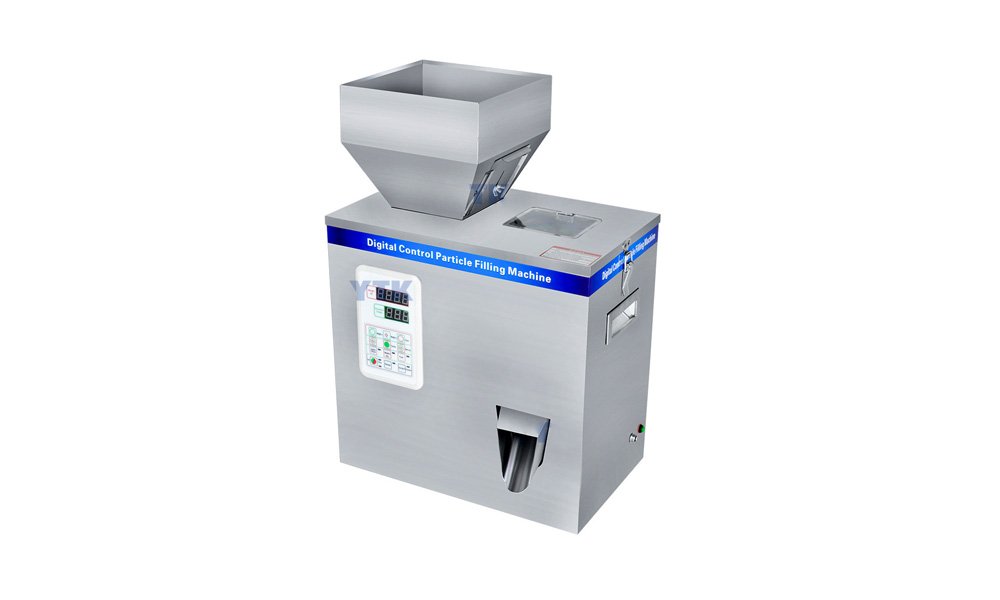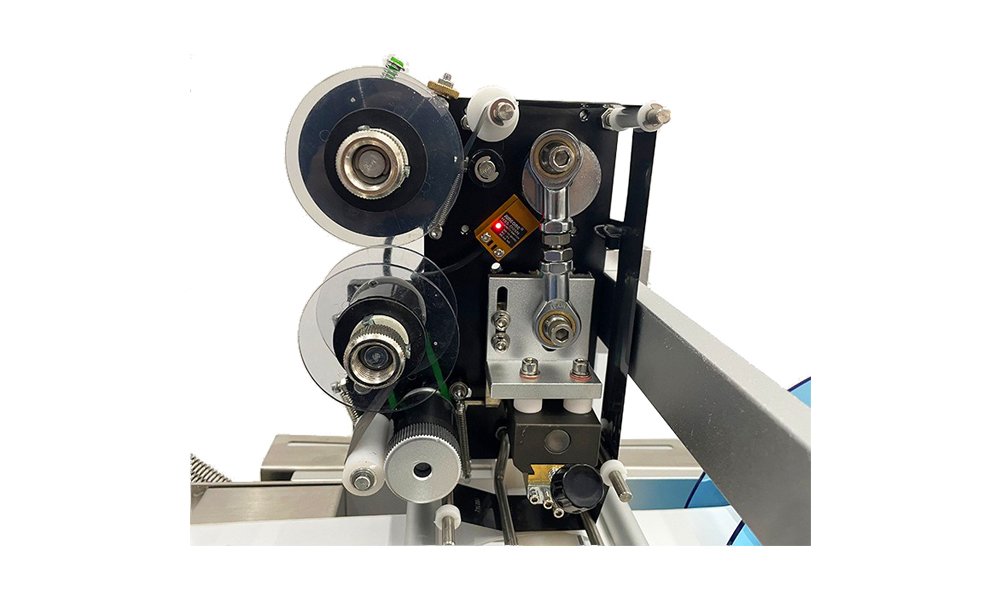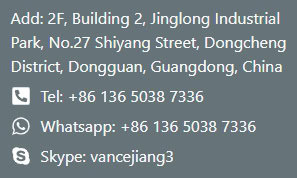Picture this: a factory floor buzzing with activity, bottles swiftly moving from one station to another. An automated system that seamlessly fills, caps, labels, and seals bottles can be a game-changer. But how do these machines work together to ensure a smooth production line? Let’s dive into it.
An integrated automatic system is the backbone of modern packaging lines. These machines work in harmony to streamline production, reduce manual labor, and maintain consistent quality. From filling to capping, labeling, and sealing, each step is meticulously coordinated. This synergy not only saves time but also minimizes errors, making the entire process more efficient.
These systems are complex, but understanding how they work can help businesses choose the right equipment and optimize their processes. Let’s explore the key components and how they interact.
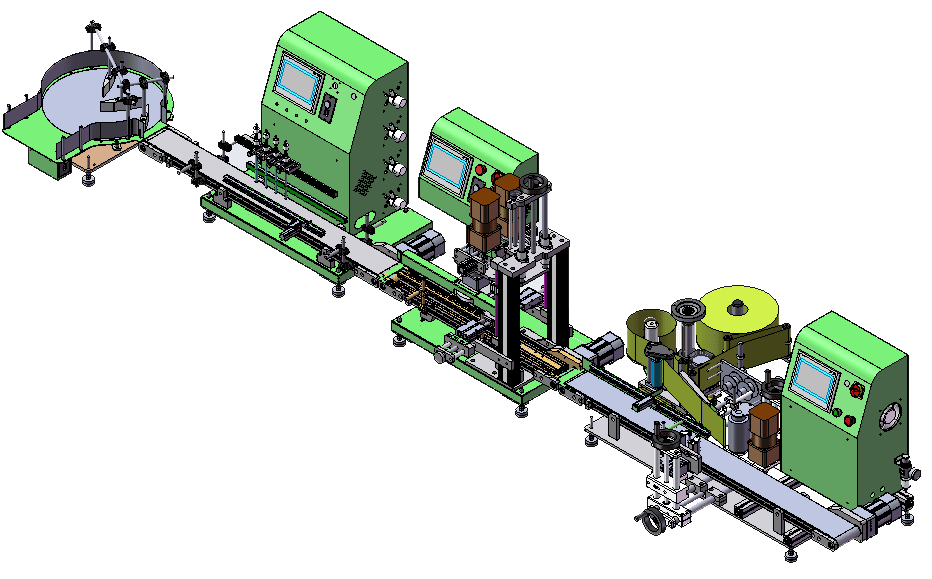
What is the Role of the Filling Machine?
The filling machine is the starting point of the automated process. Its main task is to accurately dispense the liquid product into bottles. This is crucial, as any variation can lead to underfilling or overfilling, affecting product consistency and profitability. Modern filling machines use advanced sensors and technology to ensure precise measurements. They can handle various liquids, from water to viscous substances like syrups.
In my experience, the choice of filling machine depends on the product’s nature and the production volume. For instance, piston fillers are ideal for thick liquids, while gravity fillers are best for thin, free-flowing liquids. The key is to select a machine that matches the product’s characteristics and production needs.
How Does the Capping Machine Ensure Product Integrity?
After filling, the next step is capping. The capping machine’s job is to securely seal the bottles, preventing leaks and contamination. This step is critical for maintaining product quality and safety. There are different types of capping machines, such as screw cappers, snap cappers, and ROPP cappers, each suited for specific cap types and bottle designs.
From my two decades of experience, a good capping machine not only tightens the caps but also monitors the torque to ensure they are sealed correctly. This is vital for products that are sensitive to air or require tamper-evident seals. Consistent and reliable capping can make a big difference in product shelf life and customer satisfaction.
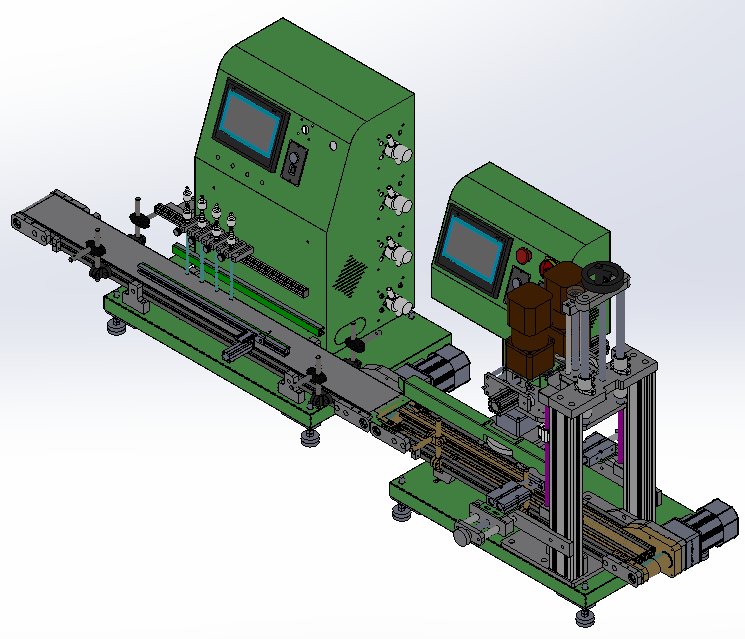
Why is Labeling an Essential Step?
Labeling might seem like a simple task, but it’s more than just sticking a label on a bottle. The labeling machine plays a key role in branding and compliance. It ensures that each bottle carries the correct information, including product name, ingredients, and safety warnings. Inaccurate labeling can lead to regulatory issues and damage a brand’s reputation.
Labeling machines come in various forms, from wrap-around to front and back labelers. The choice depends on the bottle shape and label type. Accurate placement and alignment are crucial, especially for products with intricate label designs. Over the years, I’ve seen how a well-designed labeling machine can enhance a product’s appeal and convey the brand’s message effectively.
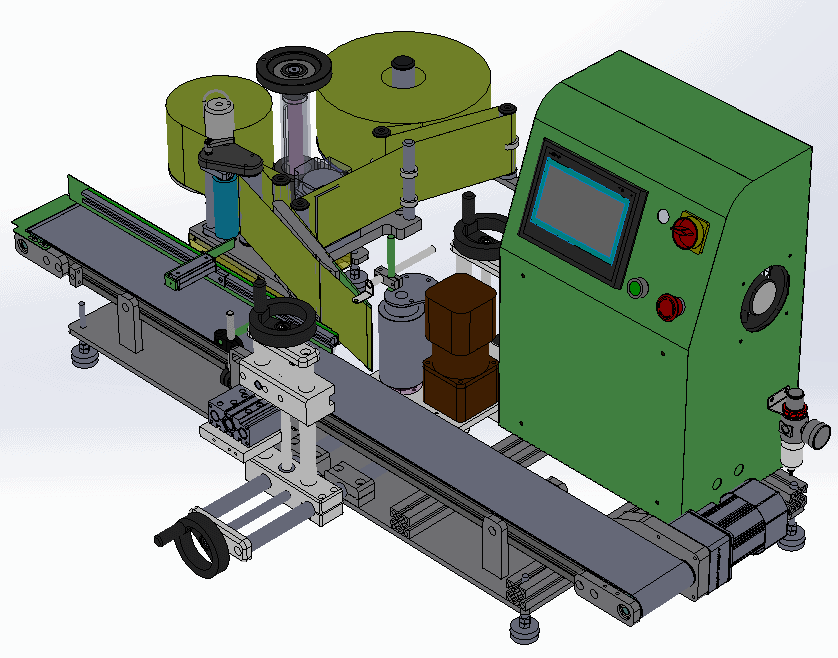
What is the Importance of Sealing in Packaging?
Sealing is the final step in the packaging process. It involves applying a protective layer, such as a shrink sleeve or induction seal, to secure the product. This step is vital for preserving product freshness and ensuring tamper resistance. Sealing also provides an additional layer of branding and information, which can be critical for marketing and compliance.
In my factory, we’ve experimented with various sealing methods. Induction sealing, for instance, uses electromagnetic induction to create a hermetic seal. It’s perfect for products that need airtight packaging, like pharmaceuticals and food items. Shrink sleeves, on the other hand, offer full-body decoration and tamper evidence. The choice of sealing method often depends on the product’s nature and market requirements.
How Do These Machines Communicate and Work Together?
In a fully automated line, communication between machines is crucial. This is achieved through a central control system that coordinates the actions of each machine. Sensors and programmable logic controllers (PLCs) play a significant role in monitoring and adjusting the process. For instance, if the filling machine detects an empty bottle, it signals the capping and labeling machines to pause, preventing errors.
Over the years, I’ve seen how advancements in automation technology have improved machine communication. Modern systems can now integrate data analytics and remote monitoring, allowing operators to optimize performance and troubleshoot issues quickly. This level of integration not only enhances efficiency but also provides valuable insights for continuous improvement.
What are the Benefits of an Integrated System?
An integrated system offers numerous benefits, including increased efficiency, consistent quality, and reduced labor costs. By automating repetitive tasks, companies can focus on more strategic activities, such as product development and marketing. Additionally, an integrated system minimizes human error, leading to better product quality and customer satisfaction.
From my experience, investing in an integrated system pays off in the long run. It not only streamlines the production process but also provides flexibility to adapt to changing market demands. For instance, modular systems allow manufacturers to add or remove machines based on production needs, making it easier to scale operations.
How to Choose the Right Machines for Your Needs?
Choosing the right machines for your production line depends on several factors, including product type, production volume, and budget. It’s essential to consider the specific requirements of each step, from filling to sealing. For instance, a high-speed line may require more advanced machines with higher automation levels, while a small-scale operation might prioritize versatility and cost-effectiveness.
In my two decades in the industry, I’ve learned that it’s crucial to work with reputable manufacturers who offer quality equipment and reliable support. Proper installation, training, and maintenance are also vital for ensuring optimal performance and longevity. A well-chosen system can significantly enhance productivity and profitability.
What are the Future Trends in Automation?
The future of automation in the packaging industry looks promising, with advancements in robotics, artificial intelligence, and IoT. These technologies are expected to further enhance machine efficiency, flexibility, and accuracy. For instance, collaborative robots (cobots) can work alongside humans to handle complex tasks, while AI can optimize production schedules and predictive maintenance.
Looking ahead, I believe the industry will continue to evolve, with a focus on sustainability and customization. As consumer preferences shift towards eco-friendly packaging, manufacturers will need to invest in machines that can handle biodegradable and recyclable materials. Customization, too, will play a key role, with machines capable of producing small batches of personalized products.
Conclusion
In summary, automatic bottle filling, capping, labeling, and sealing machines are essential components of a modern production line. They work together to streamline the process, ensure product quality, and reduce costs.
I hope this article helps you understand the importance of these machines and how they can benefit your business. If you have any questions or need further information, feel free to reach out. Cheers!

